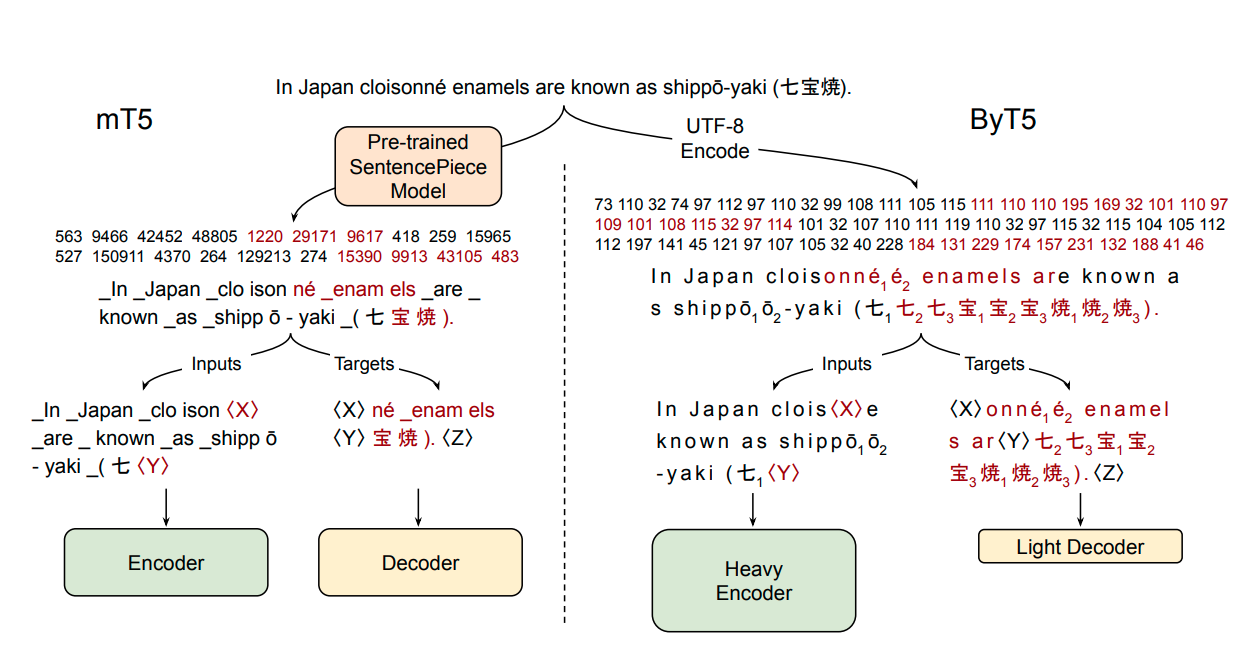|
--- |
|
language: |
|
- multilingual |
|
- af |
|
- am |
|
- ar |
|
- az |
|
- be |
|
- bg |
|
- bn |
|
- ca |
|
- ceb |
|
- co |
|
- cs |
|
- cy |
|
- da |
|
- de |
|
- el |
|
- en |
|
- eo |
|
- es |
|
- et |
|
- eu |
|
- fa |
|
- fi |
|
- fil |
|
- fr |
|
- fy |
|
- ga |
|
- gd |
|
- gl |
|
- gu |
|
- ha |
|
- haw |
|
- hi |
|
- hmn |
|
- ht |
|
- hu |
|
- hy |
|
- ig |
|
- is |
|
- it |
|
- iw |
|
- ja |
|
- jv |
|
- ka |
|
- kk |
|
- km |
|
- kn |
|
- ko |
|
- ku |
|
- ky |
|
- la |
|
- lb |
|
- lo |
|
- lt |
|
- lv |
|
- mg |
|
- mi |
|
- mk |
|
- ml |
|
- mn |
|
- mr |
|
- ms |
|
- mt |
|
- my |
|
- ne |
|
- nl |
|
- no |
|
- ny |
|
- pa |
|
- pl |
|
- ps |
|
- pt |
|
- ro |
|
- ru |
|
- sd |
|
- si |
|
- sk |
|
- sl |
|
- sm |
|
- sn |
|
- so |
|
- sq |
|
- sr |
|
- st |
|
- su |
|
- sv |
|
- sw |
|
- ta |
|
- te |
|
- tg |
|
- th |
|
- tr |
|
- uk |
|
- und |
|
- ur |
|
- uz |
|
- vi |
|
- xh |
|
- yi |
|
- yo |
|
- zh |
|
- zu |
|
datasets: |
|
- mc4 |
|
|
|
license: apache-2.0 |
|
--- |
|
|
|
# ByT5 - Base |
|
|
|
ByT5 is a tokenizer-free version of [Google's T5](https://ai.googleblog.com/2020/02/exploring-transfer-learning-with-t5.html) and generally follows the architecture of [MT5](https://huggingface.co/google/mt5-base). |
|
|
|
ByT5 was only pre-trained on [mC4](https://www.tensorflow.org/datasets/catalog/c4#c4multilingual) excluding any supervised training with an average span-mask of 20 UTF-8 characters. Therefore, this model has to be fine-tuned before it is useable on a downstream task. |
|
|
|
ByT5 works especially well on noisy text data,*e.g.*, `google/byt5-base` significantly outperforms [mt5-base](https://huggingface.co/google/mt5-base) on [TweetQA](https://arxiv.org/abs/1907.06292). |
|
|
|
Paper: [ByT5: Towards a token-free future with pre-trained byte-to-byte models](https://arxiv.org/abs/2105.13626) |
|
|
|
Authors: *Linting Xue, Aditya Barua, Noah Constant, Rami Al-Rfou, Sharan Narang, Mihir Kale, Adam Roberts, Colin Raffel* |
|
|
|
## Example Inference |
|
|
|
ByT5 works on raw UTF-8 bytes and can be used without a tokenizer: |
|
|
|
```python |
|
from transformers import T5ForConditionalGeneration |
|
import torch |
|
|
|
model = T5ForConditionalGeneration.from_pretrained('google/byt5-base') |
|
|
|
input_ids = torch.tensor([list("Life is like a box of chocolates.".encode("utf-8"))]) + 3 # add 3 for special tokens |
|
labels = torch.tensor([list("La vie est comme une boîte de chocolat.".encode("utf-8"))]) + 3 # add 3 for special tokens |
|
|
|
loss = model(input_ids, labels=labels).loss # forward pass |
|
``` |
|
|
|
For batched inference & training it is however recommended using a tokenizer class for padding: |
|
|
|
```python |
|
from transformers import T5ForConditionalGeneration, AutoTokenizer |
|
|
|
model = T5ForConditionalGeneration.from_pretrained('google/byt5-base') |
|
tokenizer = AutoTokenizer.from_pretrained('google/byt5-base') |
|
|
|
model_inputs = tokenizer(["Life is like a box of chocolates.", "Today is Monday."], padding="longest", return_tensors="pt") |
|
labels = tokenizer(["La vie est comme une boîte de chocolat.", "Aujourd'hui c'est lundi."], padding="longest", return_tensors="pt").input_ids |
|
|
|
loss = model(**model_inputs, labels=labels).loss # forward pass |
|
``` |
|
|
|
## Abstract |
|
|
|
Most widely-used pre-trained language models operate on sequences of tokens corresponding to word or subword units. Encoding text as a sequence of tokens requires a tokenizer, which is typically created as an independent artifact from the model. Token-free models that instead operate directly on raw text (bytes or characters) have many benefits: they can process text in any language out of the box, they are more robust to noise, and they minimize technical debt by removing complex and error-prone text preprocessing pipelines. Since byte or character sequences are longer than token sequences, past work on token-free models has often introduced new model architectures designed to amortize the cost of operating directly on raw text. In this paper, we show that a standard Transformer architecture can be used with minimal modifications to process byte sequences. We carefully characterize the trade-offs in terms of parameter count, training FLOPs, and inference speed, and show that byte-level models are competitive with their token-level counterparts. We also demonstrate that byte-level models are significantly more robust to noise and perform better on tasks that are sensitive to spelling and pronunciation. As part of our contribution, we release a new set of pre-trained byte-level Transformer models based on the T5 architecture, as well as all code and data used in our experiments. |
|
|
|
 |